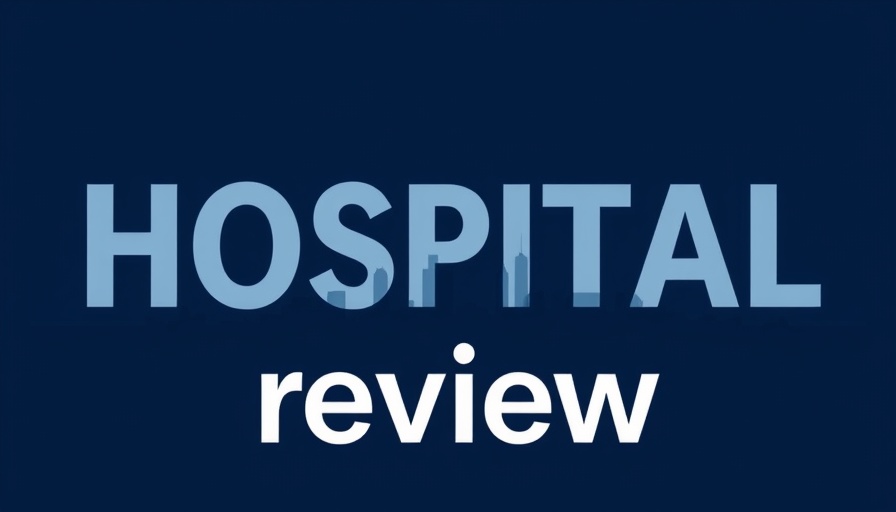
The Importance of Vaccination During Pregnancy
In recent discussions led by CDC experts, the case for COVID vaccination during pregnancy has been underscored as crucial for protecting both mothers and their infants. Children under six months old are considered particularly vulnerable to severe outcomes from COVID-19. This brings forth a pressing question: how can vaccination of pregnant women shift the trajectory of COVID-related hospitalizations for infants?
Understanding the Vulnerability of Young Infants
According to Adam MacNeil, PhD, MPH, from the CDC’s National Center for Immunization and Respiratory Diseases (NCIRD), the rates of hospitalization for children under six months are alarming. Data confirms that they experience hospitalization rates similar to adults aged 65-74. Additionally, a staggering number of those hospitalized—22%—require intensive care, revealing a worrisome gap in protective measures for this demographic.
The Unique Challenges of Vaccination Uptake
Despite the substantial risk for severe illness in very young infants, vaccination rates remain low among pregnant women. Unofficial estimates indicate that a significant percentage of pregnant women hospitalized with COVID lacked vaccination records. Highlighting this, MacNeil reported that from April 2024 to March 2025, over 90% of hospitalized pregnant women had not received any vaccine since mid-2023. This statistic raises questions about healthcare access, education, and compliance within this critical population.
Maternal Immunization: A Protective Mechanism
What stands out in this dialogue is the potential for maternal immunization to provide a protective shield for newborns. The transfer of maternal antibodies—via vaccination or natural infection—serves as the only defense against COVID-19 for infants under six months since no vaccines are approved for this age group. Evidence from previous seasons showed that maternal vaccination significantly reduced hospitalizations among infants, with an effectiveness rate of 54% for ages 0-2 months. This statistic acts as an impetus for more widespread vaccination among expectant mothers.
Hospitalization Stats: A Stark Reality
With nearly a third of women ages 15-49 hospitalized with COVID being pregnant, and half of these mothers without any underlying conditions, the harsh reality of the situation paints a dire picture. It is crucial that healthcare providers advocate for vaccination during prenatal visits, ensure that women receive clear information about vaccine safety, and emphasize their pivotal role in protecting their infants.
The Debate Beyond Statistics: Counterarguments and Perspectives
Yet, while data lingers, debate continues among experts on how to enhance vaccine acceptance. Questions have been raised around the CDC's guidance and the fractured messaging post the recent cessation of active recommendation for maternal vaccination by HHS Secretary Robert F. Kennedy Jr. Understanding the implications of these recommendations on vaccination rates and, ultimately, maternal and infant health is essential.
Knowing When and How to Vaccinate: Future Recommendations
The Advisory Committee on Immunization Practices (ACIP) is deliberating on future strategies and recommendations for the upcoming 2025-2026 respiratory virus season, potentially expanding the breadth of those suggested for vaccination. The focus on incorporating pregnant women and young children reinforces the shared responsibility among healthcare providers to adapt to evolving COVID-19 dynamics and protect our most vulnerable populations.
Action Needed: Combining Efforts for Enhanced Protection
It is vital that healthcare practitioners become champions of maternal vaccination initiatives. Education, combined with advocacy for policy change at the community level, can lead to improved vaccination coverage among expectant mothers, ultimately protecting both current and future generations of infants from severe COVID-19 outcomes.
As we continue to navigate the evolving landscape of COVID-19 and its effects on different populations, staying informed through clinical research updates and healthcare policy news can empower providers to foster a safe environment for mothers and their children.
 Add Row
Add Row  Add
Add 




Write A Comment